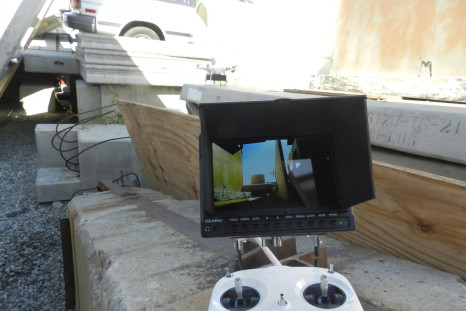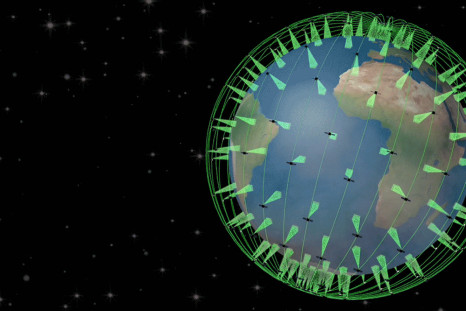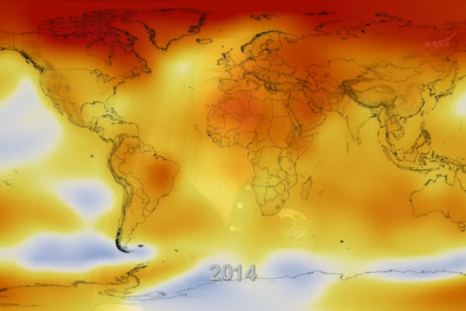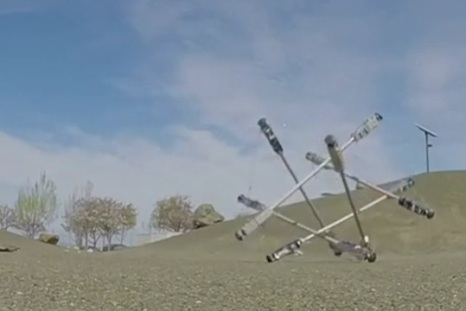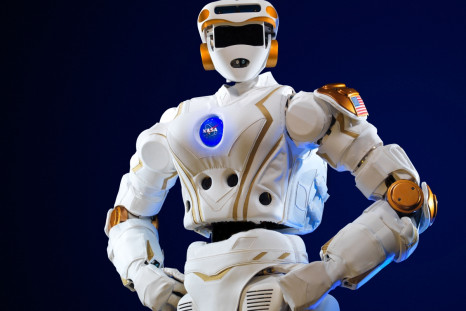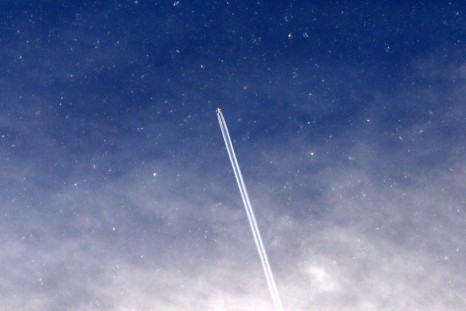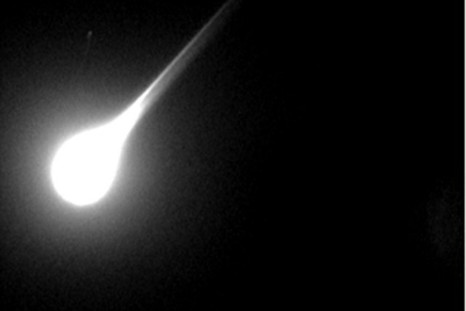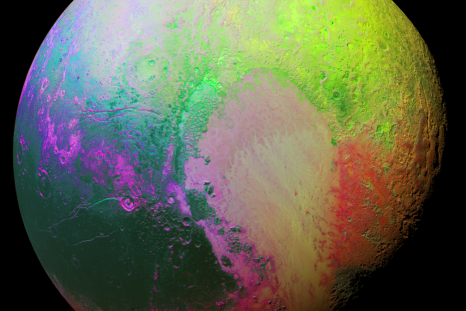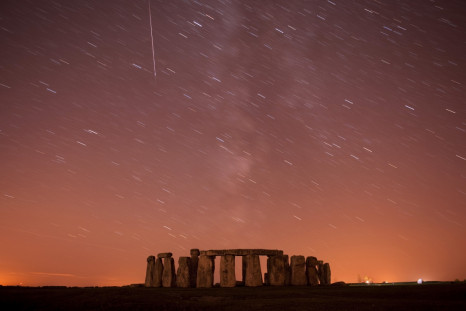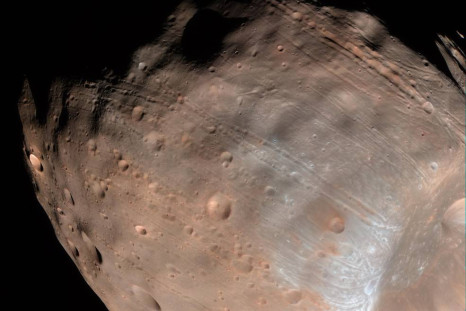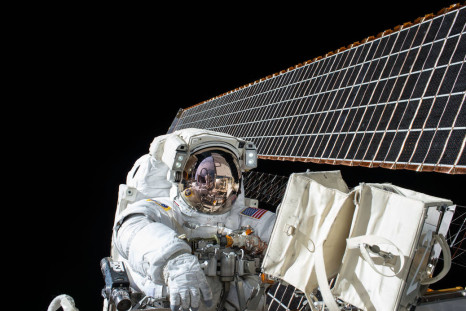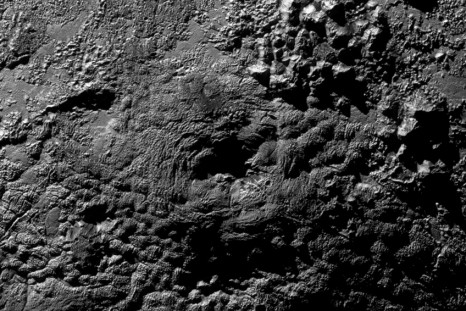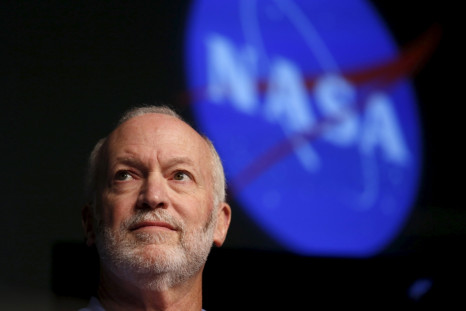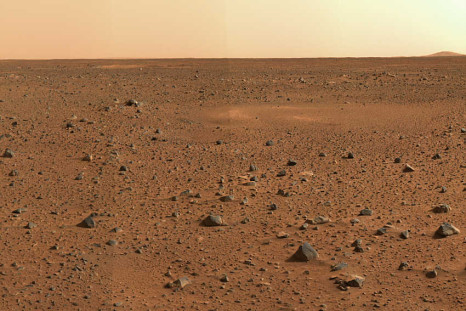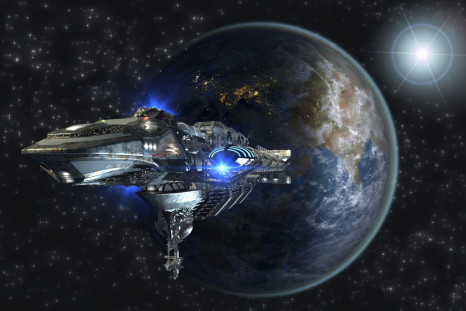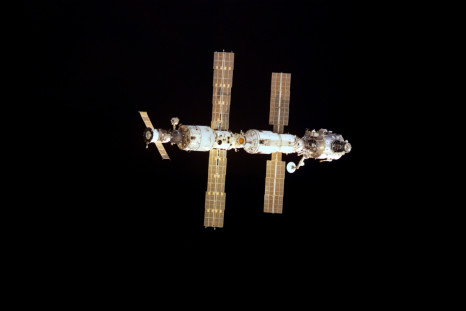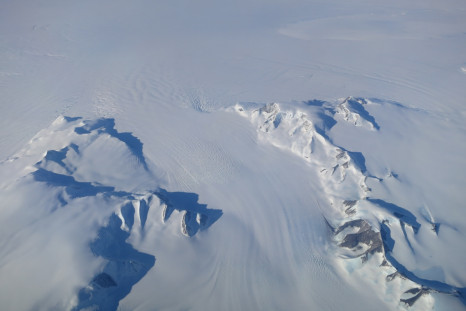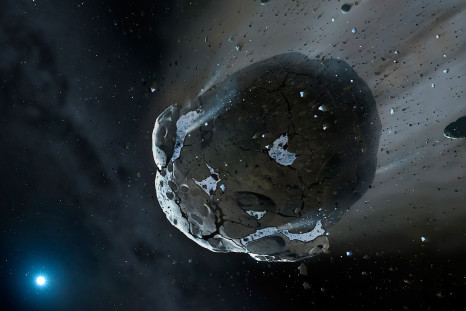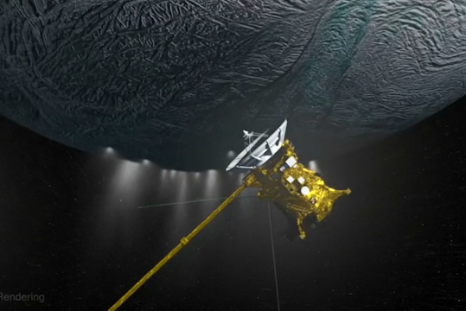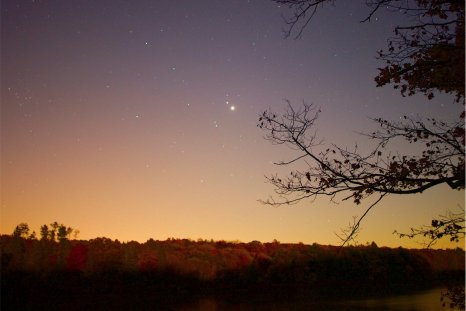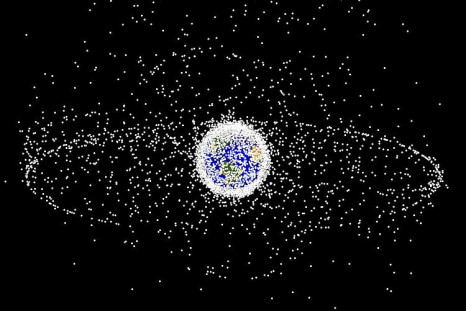Home
> NASA
NASA
Drone add-on scans disaster zones for heartbeats and breathing to locate survivors
IntelliNet Sensors' Lynx6-A module can clip on to any small drone to increase search and rescue efforts.
Mary-Ann Russon Nov 30, 2015
Alien megastructure: Nasa believes Dyson sphere likely to be comets orbiting KIC 8462852 star
Nasa's Spitzer Space Telescope has given the space agency a different perspective.
Sean Martin Nov 26, 2015
JFK wanted to go to Mars not the Moon – but engineers told him it was 'a little bit too far'
Buzz Aldrin reveals John F Kennedy's ambitious plan to go to Mars in the 1960s.
Hannah Osborne Nov 25, 2015
Nasa wants a global wildfire early warning network of 200 sensors on satellites
Nasa is working on a network of space-based sensors called FireSat to detect fires worldwide 24/7.
Mary-Ann Russon Nov 23, 2015
Nasa uses new OCO2 satellite to track rising carbon dioxide levels
The tools include the new experimental Orbiting Carbon Observatory-2 (OCO-2), which was launched in 2014.
Adam Justice Nov 21, 2015
Nasa demonstrates 'future of space exploration' Super Ball Bot prototype
Video shows examples of the robot's impact, robustness and locomotion.
Adam Justice Nov 19, 2015
The five most Earth-like exoplanets (so far)
Which exoplanets are similar enough to the Earth that they could actually be habitable?
Andrew Norton Nov 18, 2015
Nasa gives R5 Valkyrie humanoid robot to MIT, Northeastern to develop software for Mars
Nasa wants MIT Csail and Northeastern University to prep Valkyrie to carry out autonomous experiments on Mars.
Mary-Ann Russon Nov 18, 2015
Out of this world: ISS astronaut Kjell Lindgren treats Twitter followers to spectacular images of Earth from space
Lindgren Tweets a wide array of images of views from all over the world
Sean Martin Nov 17, 2015
Seven spectacular weather events – and what causes them
Weather is the response of the atmosphere to the uneven pattern of heat energy that it receives.
Stephen Lewis Nov 16, 2015
Watch live online: Leonid meteor shower 2015 to peak in early hours of 18 November
Cloudy skies could obstruct the annual display.
Sean Martin Nov 16, 2015
Psychedelic space: Nasa reveals vibrant Pluto and more colourful images of the universe
IBTimes UK looks at psychedelic space images released by Nasa using false colour.
Sean Martin Nov 14, 2015
Pluto: New image reveals dwarf planet in colourful detail
Pluto's distinct regions have subtle colour differences, scientists have shown in a psychedelic image.
Sanskrity Sinha Nov 13, 2015
Friday 13th 2015: Space junk will crash back to Earth – but it's no bad omen
A piece of space debris will hurtle towards Earth on 13 November
Jim Wild Nov 12, 2015
Mars: Phobos moon is falling apart and will gone in 30 million years says Nasa
Nasa study suggests Phobos is showing early signs of structural failure and will eventually be pulled apart.
Hannah Osborne Nov 11, 2015
How do you become an astronaut at Nasa?
Nasa is officially looking for new astronauts and accepting applications from December 2015 onwards.
Mary-Ann Russon Nov 10, 2015
Pluto: Most distant planet may have huge living ice volcanoes
New Horizons probe finds what scientists believe are volcanoes several km high.
Mark Piggott Nov 10, 2015
WT1190F space debris: Where to watch WTF Apollo mission remnants crash into Earth live online
WT1190F will crash into Earth on 13 November
Sean Martin Nov 09, 2015
Mars atmosphere chipped away by solar activity Nasa says
Solar wind gradually stripped away the Red Planet's once-rich upper atmosphere, research reveals.
Karthick Arvinth Nov 06, 2015
Nasa mystery Mars announcement: Watch scientists set out key findings on fate of planet's atmosphere
Nasa to make second major announcement about Mars following liquid water 'discovery'.
Hannah Osborne Nov 05, 2015
EmDrive the future of space travel? New Nasa Eagleworks tests hint at breakthrough in interstellar flight
The EmDrive is the invention of British scientist Roger Shawyer.
Mary-Ann Russon Nov 04, 2015
ISS: The home above home for the past 15 years
The space station has helped conduct more than 1,700 research studies by more than 200 people.
Jayalakshmi K Nov 03, 2015
Nasa study shows Antarctica sheet gaining ice
Most recent studies have spoken of ice loss from melting glaciers.
Jayalakshmi K Nov 02, 2015
New campaign asks you to write interstellar greetings message to alien life
A new campaign has been launched asking the public to write a message that could potentially be picked up by alien life
William Watkinson Oct 31, 2015
1,300ft Halloween asteroid 2015 TB145 could be a comet, Nasa announces
'Giant Pumpkin' Halloween asteroid to be seen in unprecedented levels of detail by Nasa.
Hannah Osborne Oct 30, 2015
Nasa Cassini probe makes lowest pass through ice plumes on Saturn's Enceladus moon
Scientists found that Enceladus is likely to possess an ocean containing liquid water.
Adam Justice Oct 28, 2015
Nasa Cassini: Enceladus' core 'like a primitive meteorite that can host alien life forms'
Laboratory experiments suggest core of Saturn's moon Enceladus is similar to a primitive meteorite.
Hannah Osborne Oct 27, 2015
Venus, Mars, and Jupiter will dance in a cosmic triangle in rare planet formation
Venus, Mars, and Jupiter will come close together in the sky before dawn, in a "planetary dance" which will be admired by stargazers and astronomers worldwide.
Zairah Khurshid Oct 26, 2015
Apollo space debris to crash into Earth on November Friday 13th: 'A lost piece of history back to haunt us'
The object, named WT1190F, is expected to crash into Earth.
Sean Martin Oct 26, 2015
Apollo 15 astronaut Dave Scott's Bulova watch sells for $1.6m
World's only privately-owned watch to visit the Moon sells for out-of-this-world price at auction
James Billington Oct 23, 2015
Pages
- PREV
- 30
- 31
- 32
- 33
- 34
- 35
- 36
- 37
- 38
- NEXT


